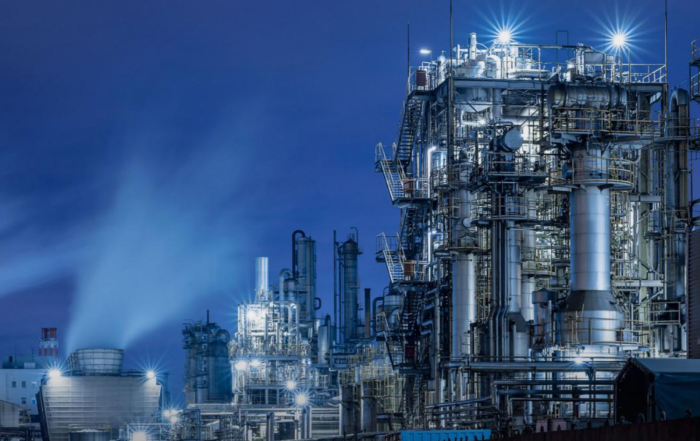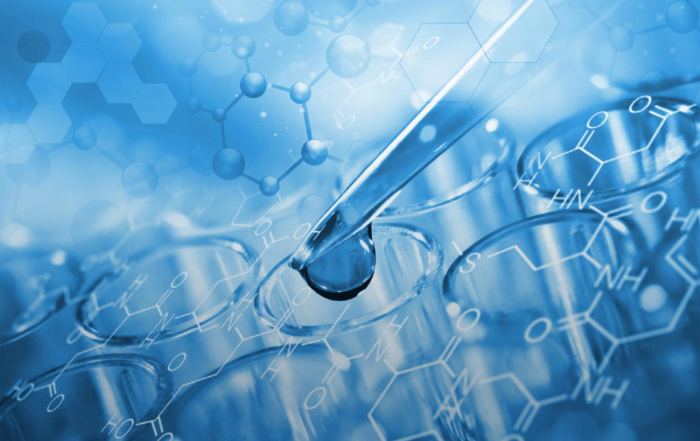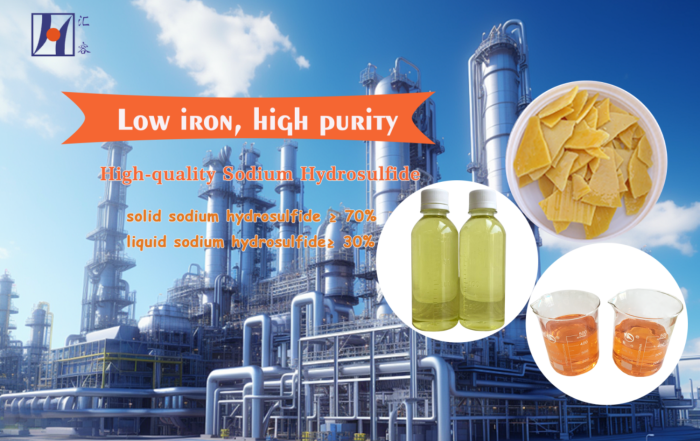Road dangerous goods transportation accidents happen from time to time. If the emergency treatment methods are not appropriate, it is easy to cause secondary accidents and related accidents, resulting in greater losses. Therefore, it is very important to master the basic methods of emergency treatment of dangerous chemical transportation accidents. Usually different dangerous chemicals and different types of accidents must adopt different treatment methods.
01 Flammable Liquid Fire Extinguishing Method
The most effective way to extinguish flammable liquid fires is to use fire extinguishers such as foam, carbon dioxide, and dry powder. Leakage treatment: Cover and absorb with sand or soft materials in time, and concentrate in an open and safe place for treatment. When covering, pay attention to prevent the liquid from flowing into sewers, rivers, etc. to prevent environmental pollution.
02 Fire Extinguishing Methods For Flammable Solids, Self-igniting Items And Flammable Items That Are Easily Ignited When Wet
Depending on the different properties of flammable solids, water, sand, foam, carbon dioxide and dry powder fire extinguishing agents can be used to extinguish fires, but it must be noted that: flammable solids that react with water must not be extinguished with water. For example, metal powders such as aluminum powder and titanium powder should be extinguished with dry sand and dry powder fire extinguishers; flammable solids with explosion hazards, such as nitro compounds, are prohibited from being covered with sand; flammable solids that produce highly toxic gases when in contact with water or acid, such as phosphorus compounds and nitro compounds (including nitrocellulose), nitrogen compounds, sulfur, etc., produce toxic and irritating gases when burned. It is strictly forbidden to use nitrate alkali and foam fire extinguishing agents to extinguish fires. When extinguishing fires, it is necessary to wear a gas mask; red phosphorus will be converted into yellow phosphorus at high temperatures and become a self-igniting item, so it should be handled with caution. When extinguishing fires of self-igniting items, please pay attention to the following: when extinguishing fires of such items, dry powder, sand (except for self-igniting items that are explosive when dry) and carbon dioxide fire extinguishing agents can generally be used to extinguish fires. Items that react with water, such as triethyl aluminum and aluminum iron solvents, are prohibited from being extinguished with water; yellow phosphorus is only temporarily extinguished after being extinguished by water, and the residual yellow phosphorus will spontaneously combust after the water evaporates, so there should be a dedicated person on site to closely observe, and protective clothing and gas masks should be worn when extinguishing. When extinguishing flammable items that are easily flammable when wet, attention should be paid: when such items catch fire, the unburned items should be quickly evacuated from the fire scene or effectively isolated from the burning materials, and dry sand and dry powder should be used for firefighting; substances that react with acids or oxidants are prohibited from being extinguished with acid, alkali and foam fire extinguishing agents; active metals are prohibited from being rescued by hand with carbon dioxide fire extinguishers, and soda, salt, nitrogen or graphite powder should be used for firefighting; lithium fires can only be extinguished with graphite powder. Spillage treatment: When the above three types of goods are spilled, they can be collected and packaged separately. The collected residues cannot be discharged or discarded at will. Water cannot be used to handle spills that react with water, but the site can be flushed and cleaned with a large amount of water after cleaning.
03 Fire Extinguishing Methods For Oxidants And Organic Compounds
Organic peroxides and metal peroxides can only be extinguished with sand, dry powder, and carbon dioxide fire extinguishing agents; gas masks should be worn when extinguishing fires. Leakage treatment: During the loading and unloading process, if the oxidant leaks due to poor packaging or improper operation, it should be gently swept up and packaged separately, but it must not be shipped on the same vehicle and must be left in a safe place. The small amount of oxidant or residue that leaked should be cleaned up.
04 Fire Extinguishing Methods For Toxic And Infectious Substances
When extinguishing fires of toxic and infectious substances, attention should be paid: When a cyanide fire occurs, acid and alkali fire extinguishers must not be used to extinguish the fire, but water and sand can be used to extinguish the fire; when extinguishing the fire of toxic substances, firefighters should adopt appropriate fire extinguishing methods according to their properties. When extinguishing fires, stand upwind as much as possible and wear a gas mask. Leakage treatment: solid toxic and infectious substances can be collected and put into containers; liquid toxic and infectious substances should be soaked with soft materials such as cotton wool and sawdust, collected after adsorption, and put into containers.
05 Explosive Fire Extinguishing Method
Use water to cool to achieve the purpose of fire extinguishing, but do not use suffocation or isolation. It is forbidden to cover the burning explosives with sand, otherwise it will turn from burning to explosion. When fighting toxic explosives, firefighters should wear gas masks. Leakage treatment: For explosives, the leakage should be moistened with water in time, and then sprinkled with soft materials such as sawdust or cotton wool to collect, keep it at a certain humidity, and report to the firefighters for handling. It is absolutely not allowed to re-pack the collected leakage into the original packaging.
06 Compressed Gas And Liquefied Gas Fire Extinguishing Method
Move the unburned gas cylinders to a safe place quickly; use a large amount of mist water to spray the burned gas cylinders; when the fire is not large, it can be put out with carbon dioxide, dry powder, foam and other fire extinguishers. Leakage treatment: When a gas cylinder is found to be leaking during transportation, especially toxic gas, the cylinder should be quickly moved to a safe place, and appropriate protection should be taken according to the nature of the gas. People should stand in the upwind position and tighten the valve. Most toxic gases can be dissolved in water. In an emergency, you can cover your mouth and nose with a towel soaked in clean water to operate. If you cannot stop it, you can push the gas cylinder into the water and notify the relevant departments in time to deal with it.
07 Fire Extinguishing Method For Corrosive Products
When inorganic corrosive products or organic corrosive products are directly burned, except for substances with the characteristics of reacting with water, a large amount of water can generally be used to extinguish the fire. However, it is advisable to use mist water, and high-pressure water columns should not be used to directly spray objects, so as to avoid splashing water droplets carrying corrosive products to burn firefighters. Leakage treatment: Liquid corrosive products should be covered and absorbed with dry sand and dry soil, and then washed with water after being swept clean. In case of large-scale overflow, dilute acid or dilute alkali can be used to neutralize it. When neutralizing, prevent violent reactions. When washing the leak site with water, you can only wash it slowly or spray it with mist water to prevent water droplets from splashing and injuring people.




